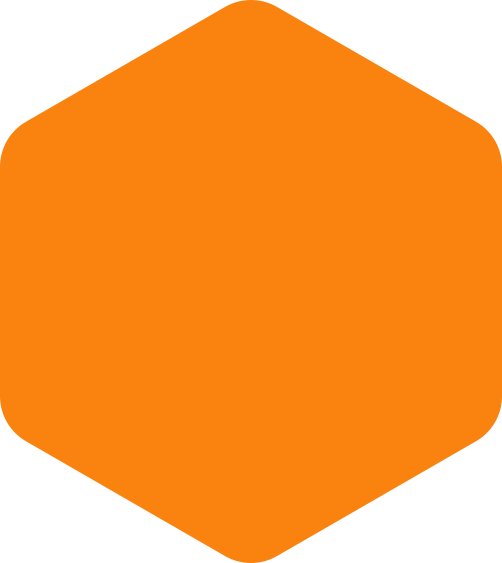What are the structural components of the
DC brushed motor?
Most DC brushed motors are composed of three main subassemblies: stator, brush holder end cover and rotor. The stator is composed of central and cylindrical two-pole permanent magnets, iron core supporting bearings and steel pipes to close the magnetic circuit. High quality rare earth magnets ensure excellent performance in a small package. Sintered and ball bearings are available depending on the machine application load and requirements.
The brush holder end cap is made of plastic material. Depending on the intended use of the motor, the brushes can be of two different types; carbon or multi-wire. Carbon types use copper graphite or silver graphite and are ideal for incremental motion applications requiring high continuous and peak torque. The multi-wire type uses precious metals to ensure low start-up voltage and higher efficiency, making it a perfect match for portable battery-operated applications. Electrical engineers can design endshields that reduce electromagnetic noise to meet EMC requirements.
The rotor is the heart of the
DC brushed motor. The coil is wound directly and continuously onto the cylindrical support, which is subsequently removed, eliminating excess air gaps and inactive coil heads that do not contribute to torque generation. Self-supporting coils require no iron construction, so the moment of inertia is low and there is no cogging (the rotor will stop in any position). Unlike other traditional DC coil technologies, there is no hysteresis, eddy current loss or magnetic saturation due to the absence of iron. The motor has a perfect linear speed-torque characteristic, and the operating speed depends only on the supply voltage and load torque.
How the
DC brushed motor works
The DC brushed motor has coils wound in the rotor surrounded by magnets contained in the stator. Both ends of the coil are connected to the commutator. The commutator is in turn connected to electrodes called brushes, and as long as the brushes and commutator are in contact, direct current flows through the brushes and coils.
But as the coil spins, it reaches a point where the brushes and commutator are no longer in contact, stopping current flow in the coil. Still, the momentum of the coil keeps it spinning. This brings the brushes and commutator back into contact, restoring the current that is now flowing through the different coils. This repeated switching of current causes the DC brushed motor to continue spinning. A DC brushed motor operates on direct current and its speed can be easily controlled by varying the applied voltage.
A DC brushed motor works by having a coil spin inside a surrounding magnet. The rotation of the coil causes the contact between the commutator and the brushes to alternate, switching the current through the coil. Despite the simple internal structure of a
DC brushed motor, as the motor rotates, the constant contact between the brushes and commutator causes wear, which requires regular maintenance to replace worn parts.





